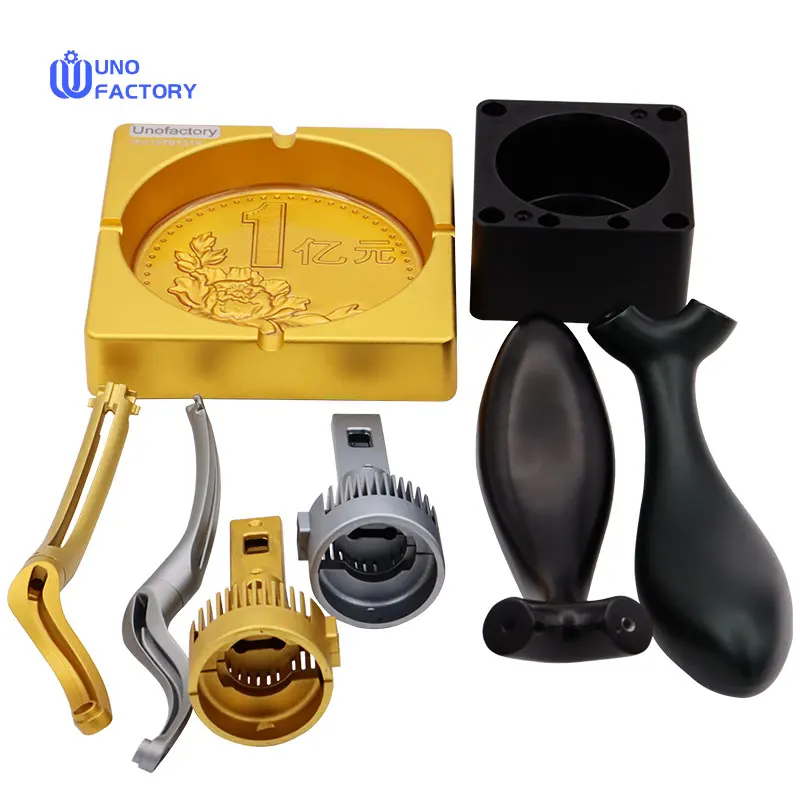Time to read: 6 min

Anodizing is an electrolytic process that enhances the aesthetics and durability of aluminum products. This guide explores the anodizing process, the spectrum of anodized aluminum colors, and the factors involved in achieving the desired color palette for your aluminum products.
Understanding Anodizing
Anodizing is a surface finishing technique that applies a wear-resistant oxide layer to aluminum, improving its quality and appearance. This process results in products that are not only durable and resistant to wear and corrosion but also visually appealing.
Basic Anodizing Process
Aluminum anodizing involves an electrochemical cell reaction with the aluminum part as the anode, an inert material as the cathode, and an acidic electrolyte. The process leads to the formation of a microscopic oxide layer that enhances the product's properties.
Types of Anodizing Processes
- Type 1 Anodizing: Uses chromic acid for a lighter coating, improving heat and corrosion resistance.
- Type 2 Anodizing: Employs sulfuric acid for a thicker oxide layer, enhancing paint retention.
- Type 3 Anodizing: Ideal for heavy aluminum products, using higher voltage and strong acid for intense coating.
Anodizing Colors
Achieving color consistency in anodizing can be challenging due to various process variables. However, anodized aluminum colors offer a unique range of hues that differ from other coloring techniques like powder coating or paint.
Steps to Color Aluminum Products
- Cleaning and Etching: The aluminum part is cleaned and etched to prepare the surface for anodizing.
- Building the Film Layer: The anodizing process takes place, controlled by factors like metal alloy, tank temperature, and voltage.
- Adding Color: Color is added through methods such as electrolytic coloring, dip coloring, integral coloring, and interference coloring.
- Sealing: The final stage traps dye molecules in the pores, preventing undesired absorption.
Color Matching in Anodizing
Color matching in anodizing is a subtractive process influenced by the aluminum grade, finish type, dye type, and the product's crystalline structure. Understanding these factors is crucial for achieving the desired color consistency.
Removing Unmatched Colors
Removing color from an anodized part depends on the dye nature and product condition. Sealed anodized products may require a stripping solution, while unsealed products can be treated with nitric acid.
Conclusion
Anodizing is a vital process for enhancing the surface finish of aluminum products, offering both functional and aesthetic benefits. Understanding the anodizing process and the factors affecting color matching is essential for achieving the best results in terms of quality and cost-effectiveness.
Unofactory specializes in anodizing services and provides expert guidance on selecting the right anodized aluminum colors for your projects. Our team of experienced professionals ensures precision and quality in every step of the process.




